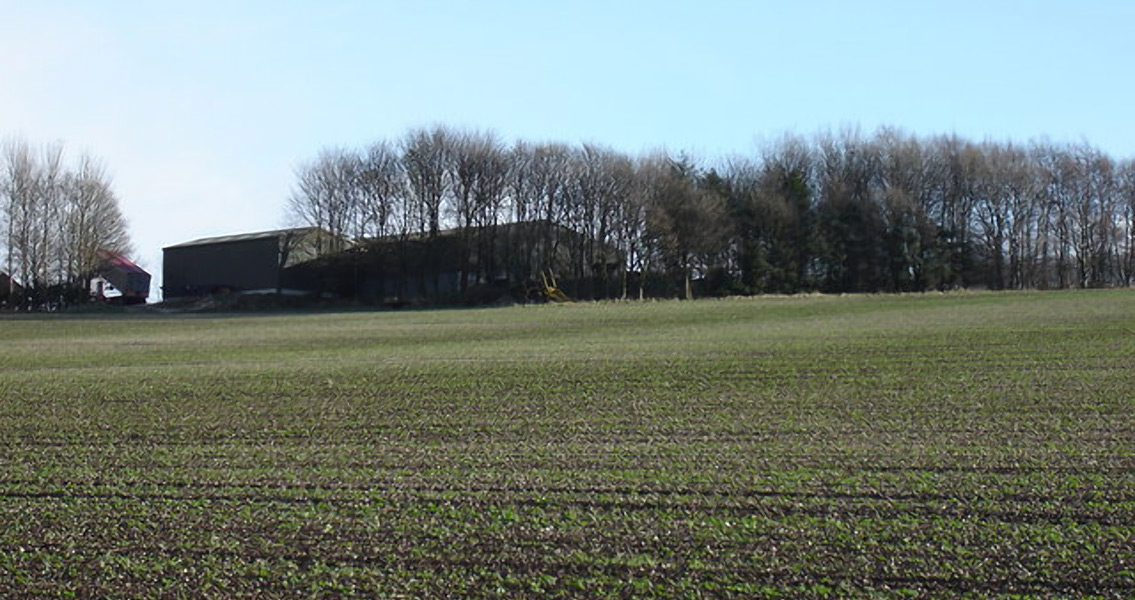<![CDATA[At an excavation site in Pockington, East Yorkshire, archaeologists have uncovered the remains of an Iron Age chariot, complete with horses, as part of an ancient 75-grave barrow complex. According to the BBC, archaeologists from MAP Archaeological Practice have been tasked with excavating the site since 2014 ahead of a planned housing development. The latest find, one in a long string of discoveries, has been characterized as “highly unusual” by the researchers on site. The horses, which were buried in such close proximity to the chariot, are thought to have played a key role in the burial ceremony, according to MAP’s Paula Ware. There’s potential for this particular burial to widen our understanding of Iron Age rituals, Ware added, remarking that this find could be instrumental in broadening scientific knowledge of the Arras, the people who inhabited the area during the Iron Age. Evidence of the Arras is most commonly centered in and around East Yorkshire, thanks to the distinctive nature of their burial practices. There are few other places in England that bear the telltale marks of the culture, which has led anthropologists to believe they were primarily centered in the region and did not spread out from there in any significant numbers. The Arras are thought to have been mostly farmers, spending their time cultivating wheat, barley, and beans. It’s also understood that they kept pigs, sheep and other related livestock. Arras gravesites are characterized by round and square enclosures. Individuals of high social standing or with wealth often received chariot burials. The culture takes its name from Arras Farm, the site of a cemetery near Market Weighton. While Arras burials are decidedly rare in other regions of England, there are some similar burial practices to be found in continental Europe, most notably with the La Tene culture, so named for the massive number of artifacts discovered at the La Tene dig site in Switzerland on the shores of Lake Neuchatel. The Le Tene people date to around 500 BCE based on archaeological findings, and their culture spread throughout continental Europe as well as the British Isles. While the Arras are perhaps not directly linked to the La Tene, the cultural influence of the latter would have almost certainly been felt by the Arras even in far-flung East Yorkshire. Additionally, the chariot designs and burial goods are distinctly British in style and bear little resemblance to continental examples of artifacts dating to the Iron Age. Anthropologists believe the culture is related to Pre-Roman Britain’s Parisi people, a Celtic tribe from Yorkshire that was named by Ptolemy in his Geographica in around 150 CE. By comparison, the Arras culture’s grave sites date back as far as the Middle Iron Age – around 800 BCE – and stretch to approximately 70 CE. Parisi and Arras culture territories overlap to some degree, though the Parisi are thought to have had stronger ties to continental Europe than the Arras. Chariot burials appear in both cultures. ]]>
Iron Age Remains and Chariot Found in East Yorkshire
